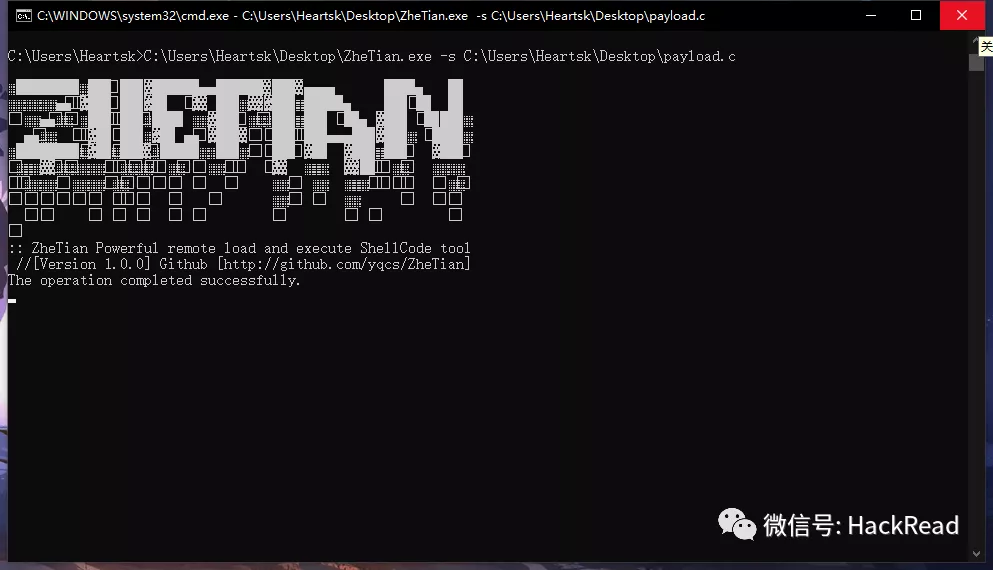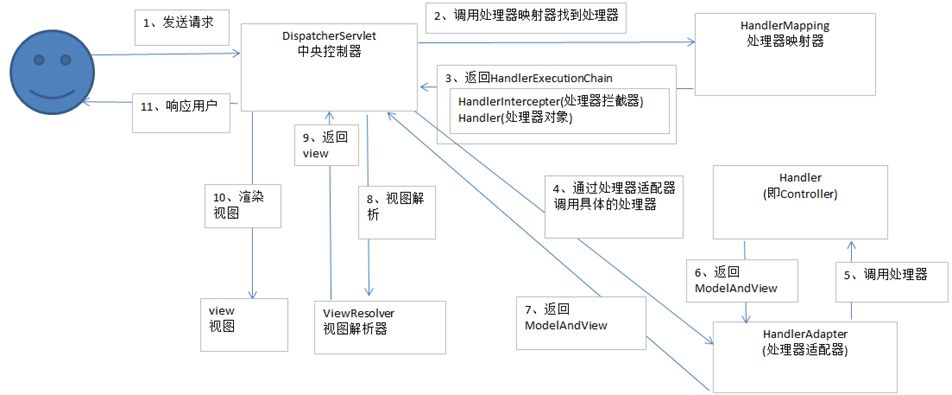上次有小伙伴建议,源码分析太枯燥了,要是能够结合设计模式一起来,这样更有助于大家理解 Spring Security 源码,同时还能复习一波设计模式。
因此松哥今天就试着整一篇,和大家来聊一聊 Spring Security 中涉及到的设计模式,不过 Spring Security 中涉及到的设计模式还是非常多的,松哥这里讲几个,剩下的欢迎小伙伴们留言补充。
❝
Template Pattern(模板方法模式)是一个抽象类公开定义了执行它的方法的模板。它的子类可以按需要重写方法实现,但调用将以抽象类中定义的方式进行,这是一种行为型模式。
模板方法方式优点如下:
缺点如下:
介绍完模板方法模式,大家可能大概猜到了 Spring Security 中哪些地方用到模板方法模式了。
我举几个简单的例子。
第一个例子是 AbstractUserDetailsAuthenticationProvider 类的设计。大家都知道这个类是用来做验证的,认证的逻辑在这个方法中都定义好了,但是该类却定义了两个抽象方法:
这两个抽象方法是在 DaoAuthenticationProvider 中实现的。DaoAuthenticationProvider 的实现就是从数据库中加载用户,默认检验登录凭证也都是验证密码。
如果你的数据源来自其他地方,或者登录凭证不是密码,那么自定义类继承自 AbstractUserDetailsAuthenticationProvider 并重写它里边的这两个方法即可。
❝
Chain of Responsibility Pattern(责任链模式) ,在这种模式中,通常每个接收者都包含对另一个接收者的引用,如果一个对象不能处理该请求,那么它会把相同的请求传给下一个接收者,依此类推。在这个过程中,客户只需要将请求发送到责任链上即可,无须关心请求的处理细节和请求的传递过程,所以责任链将请求的发送者和请求的处理者解耦了。
责任链模式优点如下:
缺点如下:
很明显,Spring Security 中的过滤器链就是一种责任链模式。一个请求到达后,被过滤器链中的过滤器逐个进行处理,过滤器链中的过滤器每个都具有不同的职能并且互不相扰,我们还可以通过 HttpSecurity 来动态配置过滤器链中的过滤器(即添加/删除过滤器链中的过滤器)。
具体的代码在 FilterChainProxy$VirtualFilterChain 中,如下:
那么接下来我们就来看看 VirtualFilterChain:
private static class VirtualFilterChain implements FilterChain {
private final FilterChain originalChain;
private final List<Filter> additionalFilters;
private final FirewalledRequest firewalledRequest;
private final int size;
private int currentPosition = 0;
private VirtualFilterChain(FirewalledRequest firewalledRequest,
FilterChain chain, List<Filter> additionalFilters) {
this.originalChain = chain;
this.additionalFilters = additionalFilters;
this.size = additionalFilters.size();
this.firewalledRequest = firewalledRequest;
}
@Override
public void doFilter(ServletRequest request, ServletResponse response)
throws IOException, ServletException {
if (currentPosition == size) {
if (logger.isDebugEnabled()) {
logger.debug(UrlUtils.buildRequestUrl(firewalledRequest)
+ " reached end of additional filter chain; proceeding with original chain");
}
// Deactivate path stripping as we exit the security filter chain
this.firewalledRequest.reset();
originalChain.doFilter(request, response);
}
else {
currentPosition++;
Filter nextFilter = additionalFilters.get(currentPosition - 1);
if (logger.isDebugEnabled()) {
logger.debug(UrlUtils.buildRequestUrl(firewalledRequest)
+ " at position " + currentPosition + " of " + size
+ " in additional filter chain; firing Filter: '"
+ nextFilter.getClass().getSimpleName() + "'");
}
nextFilter.doFilter(request, response, this);
}
}
}
关于 FilterChainProxy 的介绍,参见:深入理解 FilterChainProxy【源码篇】
❝
Strategy Pattern(策略模式),它定义了一系列算法,将每一个算法封装起来,并让它们可以相互替换。策略模式让算法独立于使用它的客户而变化,也称为政策模式(Policy)。
策略模式的优点:
策略模式的缺点:
Spring Security 中使用策略模式的地方也有好几个。
第一个就是用户登录信息存储。
在 SecurityContextHolder 中定义登录用户信息存储的方法,就定义了三种不同的策略:
public class SecurityContextHolder {
// ~ Static fields/initializers
// =====================================================================================
public static final String MODE_THREADLOCAL = "MODE_THREADLOCAL";
public static final String MODE_INHERITABLETHREADLOCAL = "MODE_INHERITABLETHREADLOCAL";
public static final String MODE_GLOBAL = "MODE_GLOBAL";
public static final String SYSTEM_PROPERTY = "spring.security.strategy";
private static String strategyName = System.getProperty(SYSTEM_PROPERTY);
private static SecurityContextHolderStrategy strategy;
}
用户可以自行选择使用哪一种策略!具体参见:在 Spring Security 中,我就想从子线程获取用户登录信息,怎么办?
还有一个就是 session 并发管理。
在 AbstractAuthenticationProcessingFilter#doFilter 方法中,有如下代码:
public void doFilter(ServletRequest req, ServletResponse res, FilterChain chain)
throws IOException, ServletException {
//省略
sessionStrategy.onAuthentication(authResult, request, response);
//省略
}
这就是一种策略模式。
Session 并发管理可以参考:
当然,这样的例子还有很多,我就不一一列举了。
❝
Proxy Pattern(代理模式) :给某一个对象提供一个代理,并由代理对象控制对原对象的引用,它是一种对象结构型模式。
代理模式的优点:
缺点:
代理模式在 Spring Security 中最重要的应用就是 Spring Security 过滤器链接入 Web Filter 的过程,使用了 Spring 提供的 DelegatingFilterProxy,这就是一个典型的代理模式:
public class DelegatingFilterProxy extends GenericFilterBean {
@Override
public void doFilter(ServletRequest request, ServletResponse response, FilterChain filterChain)
throws ServletException, IOException {
// Lazily initialize the delegate if necessary.
Filter delegateToUse = this.delegate;
if (delegateToUse == null) {
synchronized (this.delegateMonitor) {
delegateToUse = this.delegate;
if (delegateToUse == null) {
WebApplicationContext wac = findWebApplicationContext();
if (wac == null) {
throw new IllegalStateException("No WebApplicationContext found: " +
"no ContextLoaderListener or DispatcherServlet registered?");
}
delegateToUse = initDelegate(wac);
}
this.delegate = delegateToUse;
}
}
// Let the delegate perform the actual doFilter operation.
invokeDelegate(delegateToUse, request, response, filterChain);
}
}
当然还有其他很多地方也用到代理模式,我就不一一列举了,欢迎小伙伴们留言补充。
❝
Adapter Pattern(适配器模式),大家平时用的手机充电器学名叫做电源适配器,它的作用是把 220V 的电压转为手机可用的 5V 电压。所以适配器模式其实也是类似作用,将一个接口转换成客户希望的另一个接口,适配器模式使接口不兼容的类可以一起工作。适配器模式又分为类适配器模式、对象适配器模式以及接口适配器模式。
适配器模式的优点:
缺点:
Spring Security 中的适配器模式也是非常多的,例如我们最为常见的 WebSecurityConfigurerAdapter,该类让两个原本不相关的 WebSecurity 和 HttpSecurity 能够在一起工作。
具体参见:深入理解 WebSecurityConfigurerAdapter【源码篇】
❝
Builder Pattern(建造者模式)是将一个复杂对象的构建与它的表示分离,使得同样的构建过程可以创建不同的对象出来,用户只需要指定复杂对象的类型和内容就可以构建对象,而不需要知道内部的具体构建细节。
建造者模式优点:
缺点:
Spring Security 中对于建造者模式的使用也是非常多,例如典型的 AuthenticationManagerBuilder,它想要建造的对象是 AuthenticationManager,对应的建造方法则是 build。一般建造者模式中建造者类命名以 builder 结尾,而建造方法命名为 build()。
关于 AuthenticationManagerBuilder,参见:深入理解 AuthenticationManagerBuilder 【源码篇】 一文。
❝
Observer(观察者模式)指多个对象间存在一对多的依赖关系,当一个对象的状态发生改变时,所有依赖于它的对象都得到通知并自动更新,观察者模式也称为发布-订阅模式、模型-视图模式,它是对象行为型模式。
观察者模式优点:
缺点:
在 Spring 框架中,观察者模式用于实现 ApplicationContext 的事件处理功能。Spring 为我们提供了 ApplicationEvent 类和 ApplicationListener 接口来启用事件处理。Spring 应用程序中的任何 Bean 实现 ApplicationListener 接口,都会接收到 ApplicationEvent 作为事件发布者推送的消息。在这里,事件发布者是主题(Subject) 和实现 ApplicationListener 的 Bean 的观察者(Observer)。
具体到 Spring Security 中,如登录成功事件发布,session 销毁事件等等,都算是观察者模式。
例如 AbstractAuthenticationProcessingFilter#successfulAuthentication 方法:
protected void successfulAuthentication(HttpServletRequest request,
HttpServletResponse response, FilterChain chain, Authentication authResult)
throws IOException, ServletException {
if (logger.isDebugEnabled()) {
logger.debug("Authentication success. Updating SecurityContextHolder to contain: "
+ authResult);
}
SecurityContextHolder.getContext().setAuthentication(authResult);
rememberMeServices.loginSuccess(request, response, authResult);
// Fire event
if (this.eventPublisher != null) {
eventPublisher.publishEvent(new InteractiveAuthenticationSuccessEvent(
authResult, this.getClass()));
}
successHandler.onAuthenticationSuccess(request, response, authResult);
}
类似还有很多,如 session 销毁事件等(参见Spring Security 自动踢掉前一个登录用户,一个配置搞定!),我这里就不一一列举了。
❝
Decorator(装饰模式)是指在不改变现有对象结构的情况下,动态地给该对象增加一些额外功能的模式。
装饰模式的优点:
缺点:
Spring Security 中对于装饰模式也有许多应用。最典型的就是一个请求在通过过滤器链的时候会不停的变,会不停的调整它的功能,通过装饰模式设计出了请求的许多类,例如:
等等,类似的很多,我就不一一赘述了。
松哥的 Spring Security 还在持续连载中,未来连载完了还会总结出更多的设计模式,这里先列出来八个和小伙伴们分享,如果小伙伴们有自己的见解,也欢迎留言补充。




